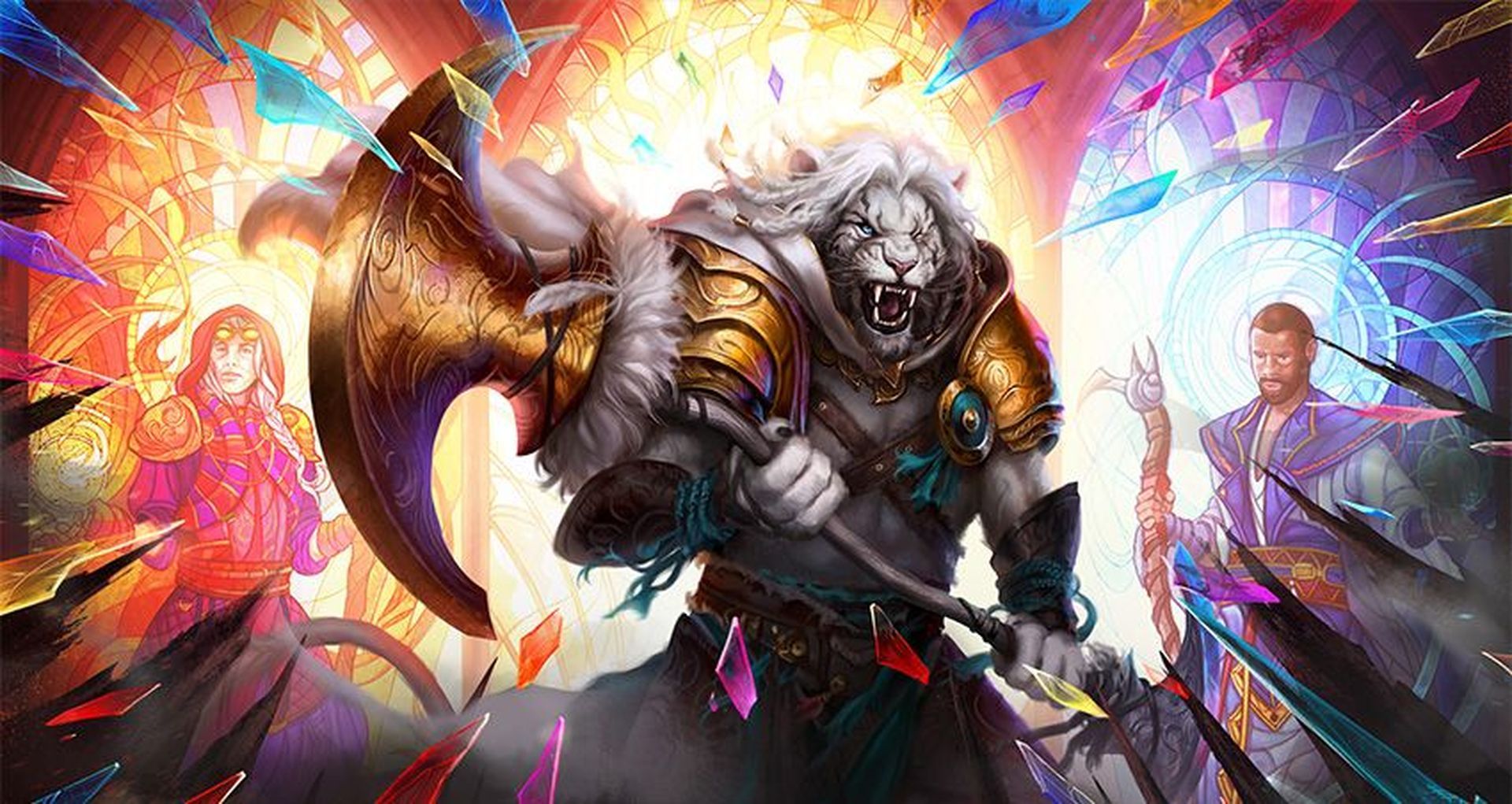In this article, we are going to be sharing with you our Dominaria sealed guide so you can dominate your local pre-release event and drafts.
Dominaria United transports us to Dominaria, the oldest realm in Magic: The Gathering. It’s one of the most intricate and deep Standard-legal sets we’ve seen in a long time, with legendary creatures, returning mechanics, and important plot events.
Dominaria sealed guide for pre-release and drafts
Dominaria United‘s drafting is more difficult than prior sets due to its five-color-matters premise. Although you’ll still be running two-color decks in limited, you’re encouraged to go three, four, or even five colors when necessary. Here is our Dominaria sealed guide.
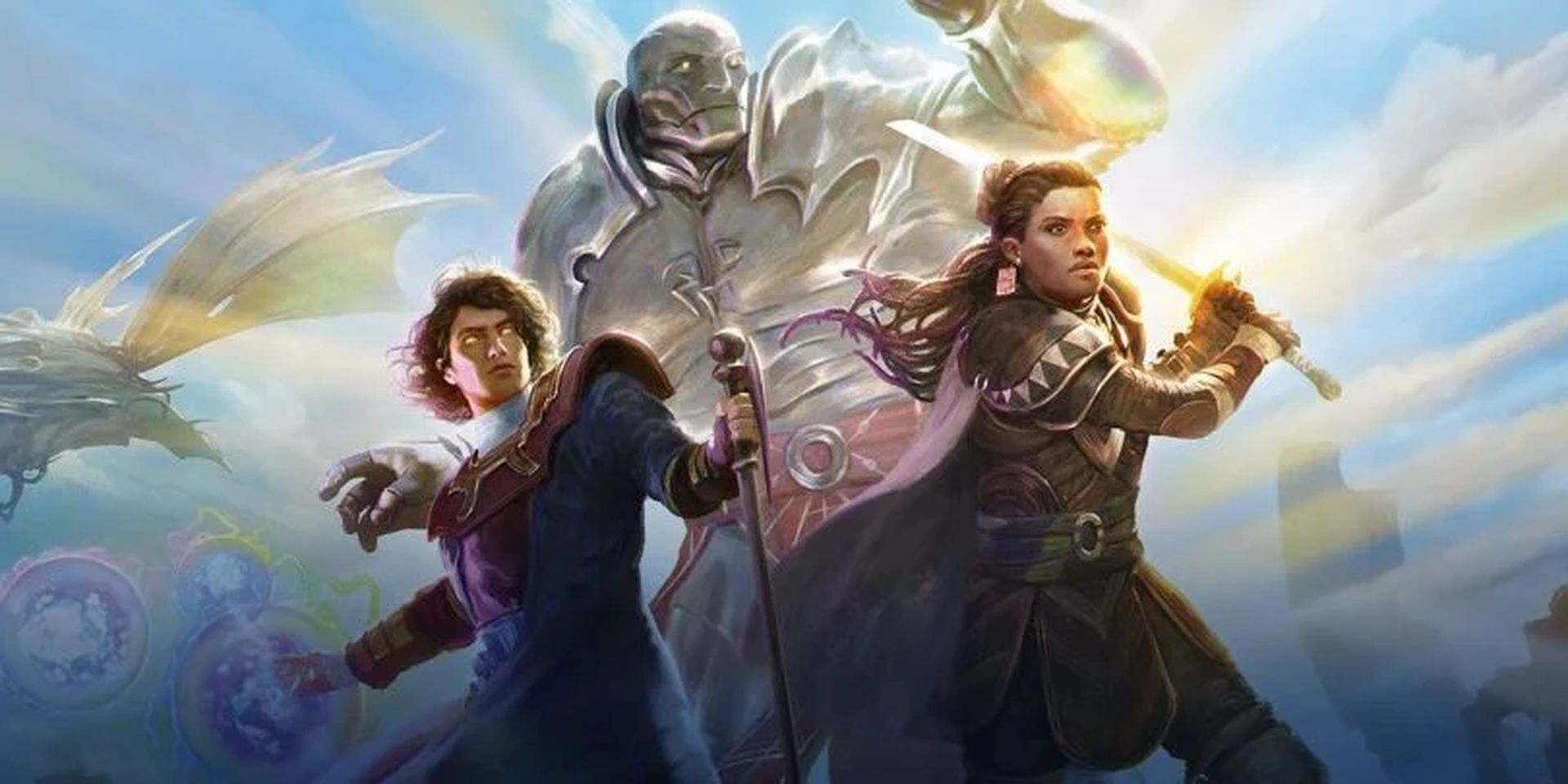
Mono-Colour building blocks
While most sets employ 10 different draft archetypes (such as New Capenna’s five three-color and five two-color identities), Dominaria United’s ten two-color themes are essentially a mash-up of five fundamental mono-color identities.
- White: Going wide and token generation.
- Blue: Instant- and Sorcery-matters.
- Black: Death-matters (creature removal, sacrifice, and graveyard recursion).
- Red: Aggro and direct damage.
- Green: Domain and mana ramp.
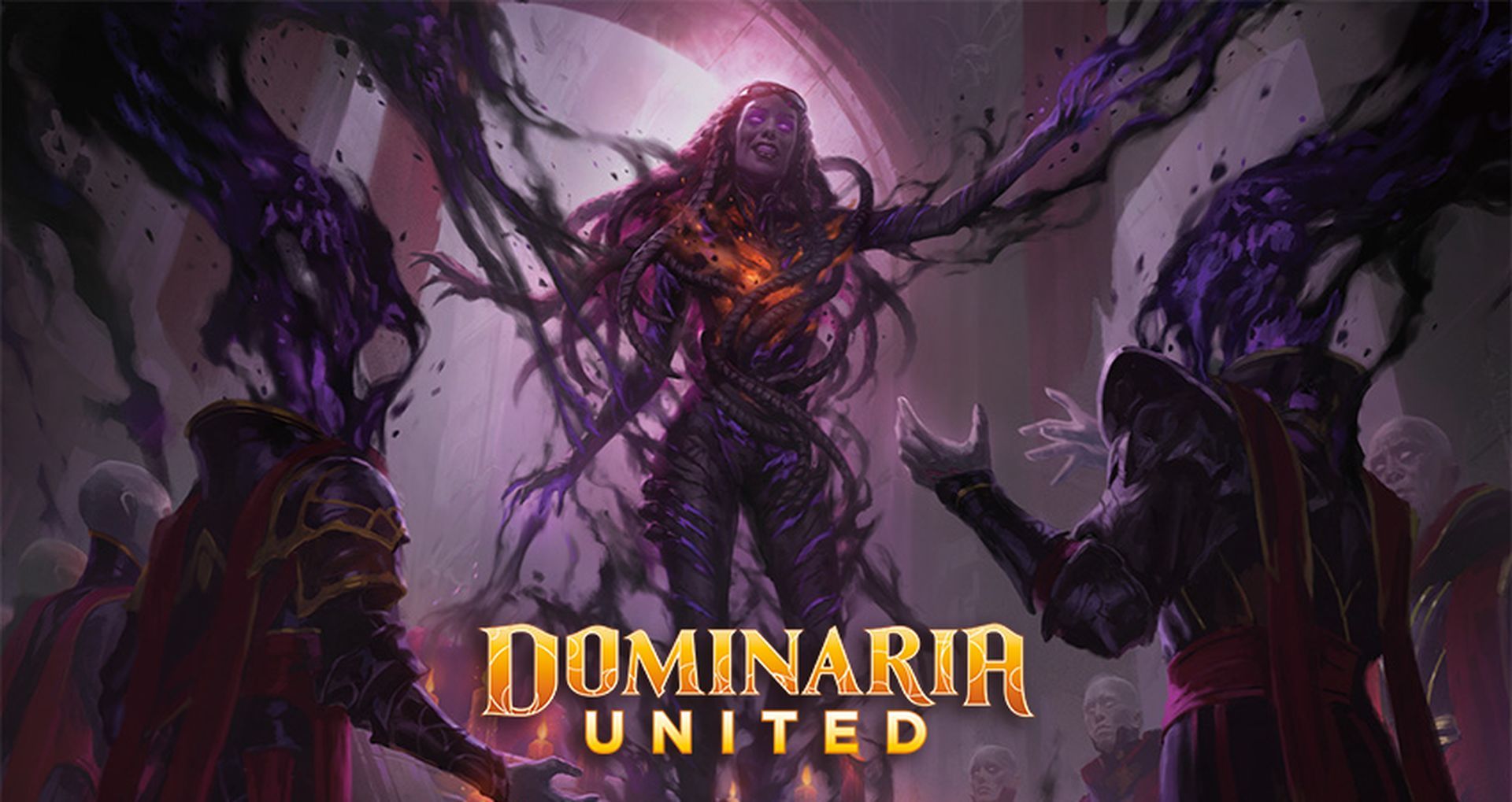
All of these fundamental, underlying archetypes can be combined to form the 10 canonical archetypes, or they can be combined in many ways as needed. In other words, Dominaria United encourages you to deviate from the standard draft advice of using no more than two colors. Choose two colors for your deck’s primary emphasis, but don’t be hesitant to add more colors as required.
A white/green deck, for example, relies on leveraging domain to generate a large number of tokens, but add black and you’ve got a domain-driven, token-fueled Sacrifice deck up and running.
White/Blue: Flying Tempo
Dominaria United’s Azorius (white/blue) archetype is focused on managing the pace of the game before swinging in with flying tokens to clear up. There are several flying creatures to pick from, such as Coalition Skyknight, who may enroll to deliver massive damage, or Griffin Protector, who gains strength with each other creature that joins the battlefield that round. Bigger, splashier plays include Defiler of Dreams and Djinn of the Fountain, both of which provide access to key control tools or card gain to keep the tempo going.
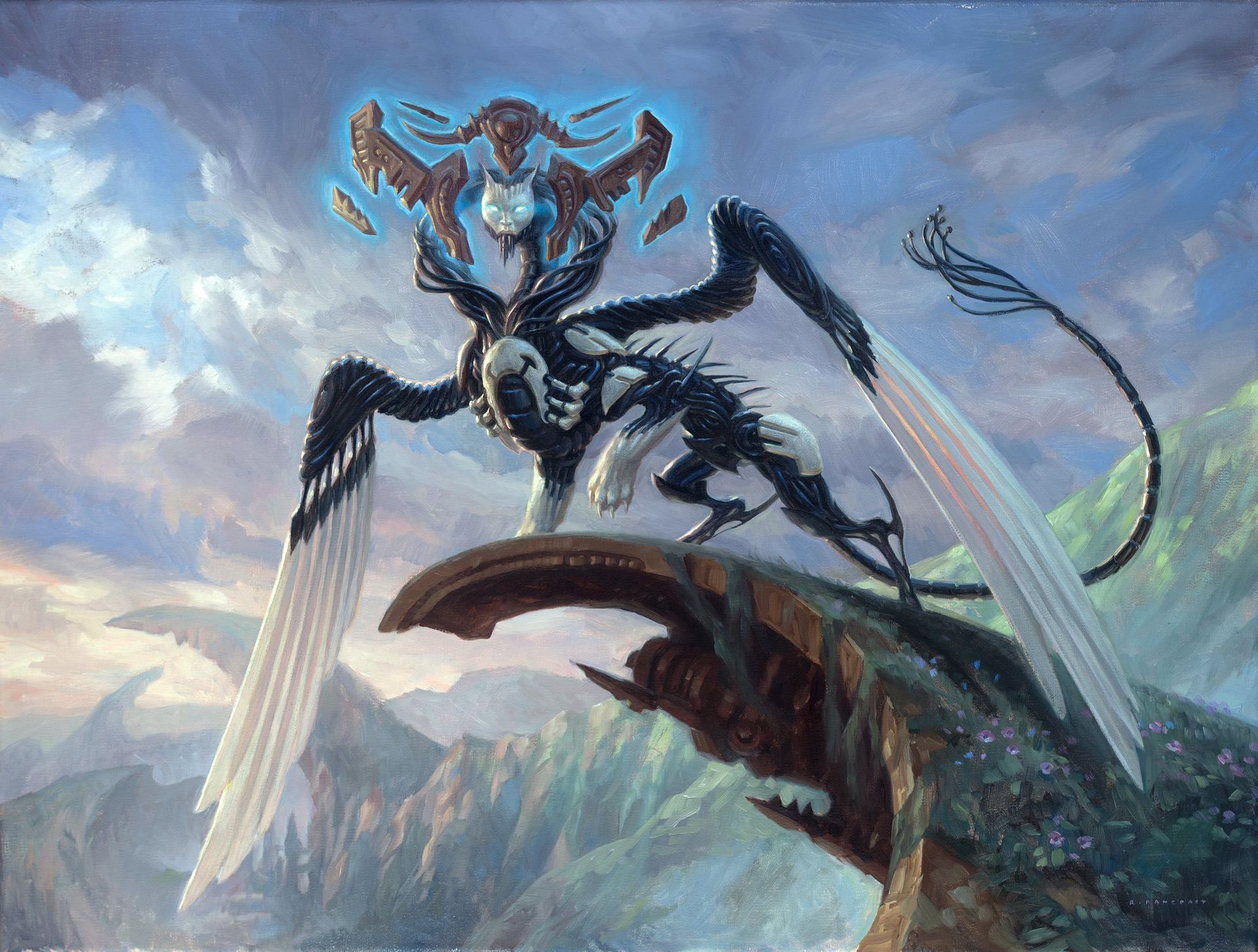
Tempo is important about staying ahead of your opponent, so you’ll want to cast spells that will either slow them down or speed you up. Stall For Time is a wonderful method to keep your opponent’s creatures under control, while The Phasing of Zhalfir may safeguard your board while damaging theirs. Tolarian Geyser is also useful since it returns creatures to their controller’s hand while providing card draw and additional life if it was kicked. Tura Kennerud, Skyknight, is a legendary signpost for this archetype, creating additional (annoyingly non-flying) creature tokens with each instant and sorcery you play.
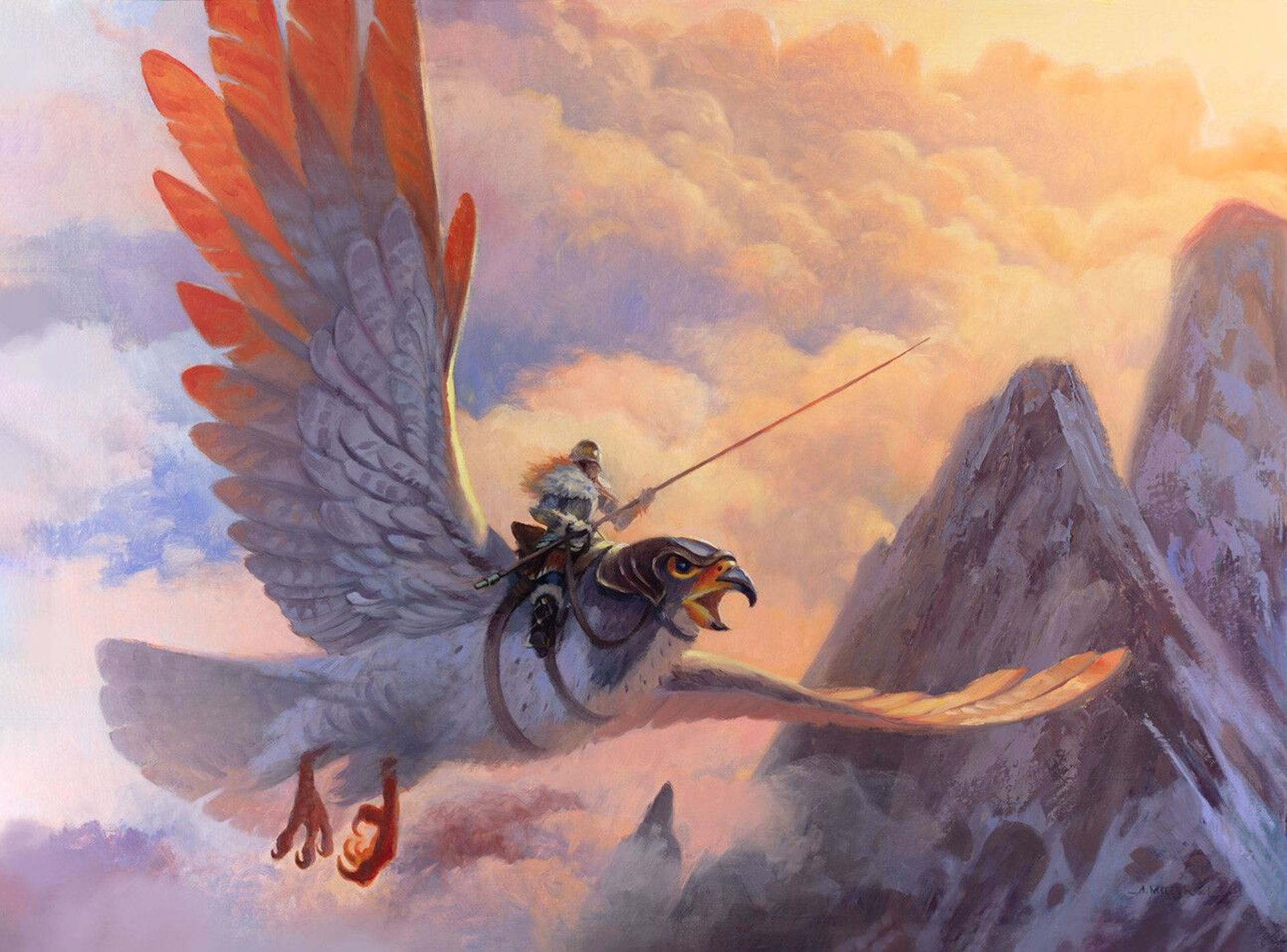
Blue/Black: Control
While white and blue are concerned with stalling your opponent long enough to build up your flock of fliers, Dimir (blue/black) is concerned with a much harsher form of control that has you countering spells, destroying creatures, and removing your opponent’s resources in order to completely stall their gameplan. This package is jam-packed with methods to sabotage your opponent. With Essence Scatter, Ertai’s Scorn, and Negate, you may counter their spells, remove creatures with Rona’s Vortex, Bone Splinters, and Extinguish the Light, and disrupt their hand with The Raven Man, Pilfer, and Braids’ Frightful Return.
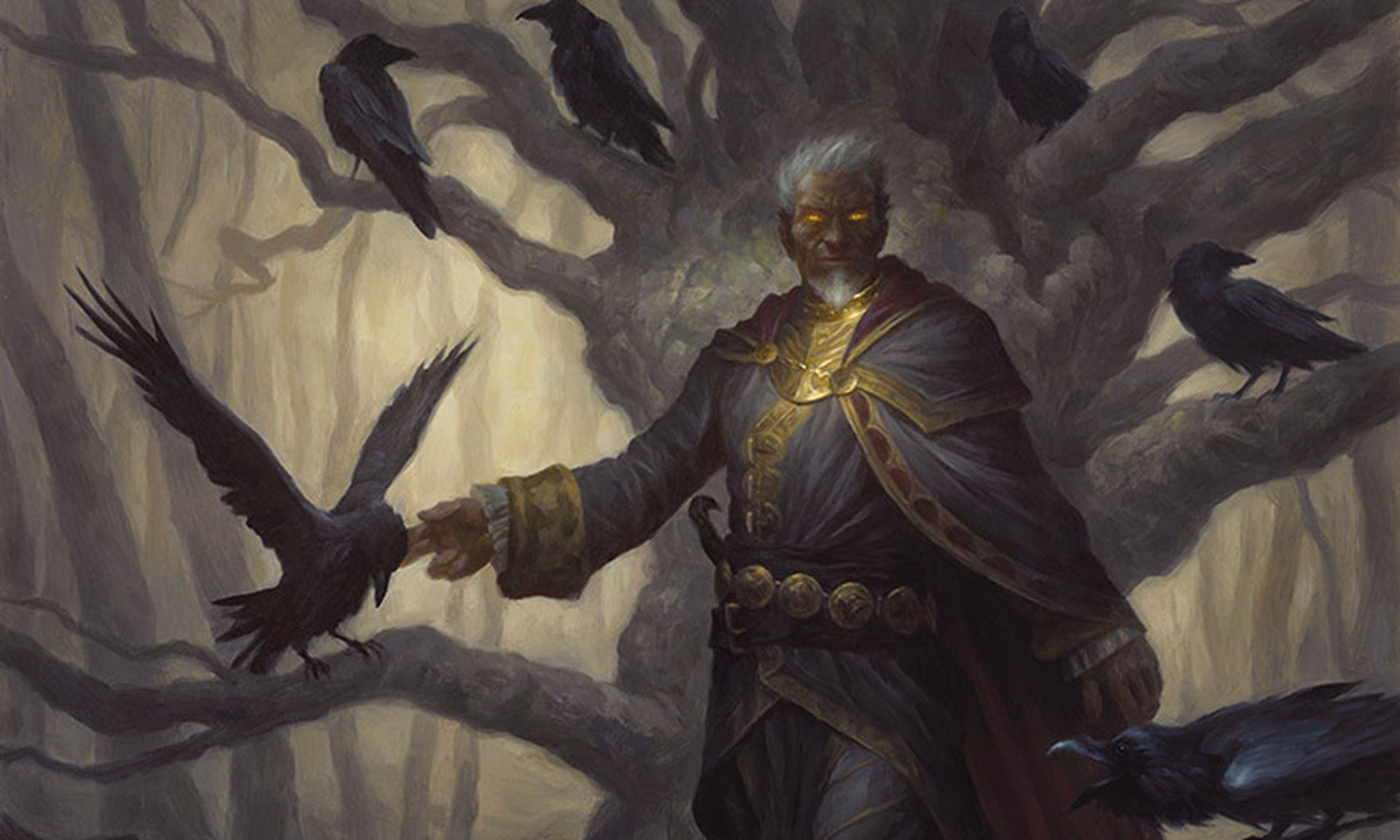
The major one for this archetype is, of course, Sheoldred: The Apocalypse. It favors drawing cards while punishing your opponent for attempting to gain an advantage. As long as you can maintain your card advantage with cantrips like Tolarian Geyser, Timely Interference, and Silver Scrutiny, you’ll be able to outlast your opponent through card draw.

The mythical Rona, Sheoldred’s Faithful, leads this archetype. A Dimir (blue/black) legendary that causes your opponents to lose life with every instant or sorcery spell you play; it’s also extremely tough to remove due to its ability to return from the graveyard.
Black/Red: Reckless Aggro
Rakdos (red/black) is usually associated with sacrifice, but this time it’s all about swinging in and hoping your opponent does the work for you. You can keep pounding them in the face and penalizing them for the few times they try to stop it if you have a lot of death triggers, hasty creatures, and stuff your opponent may not want to block.
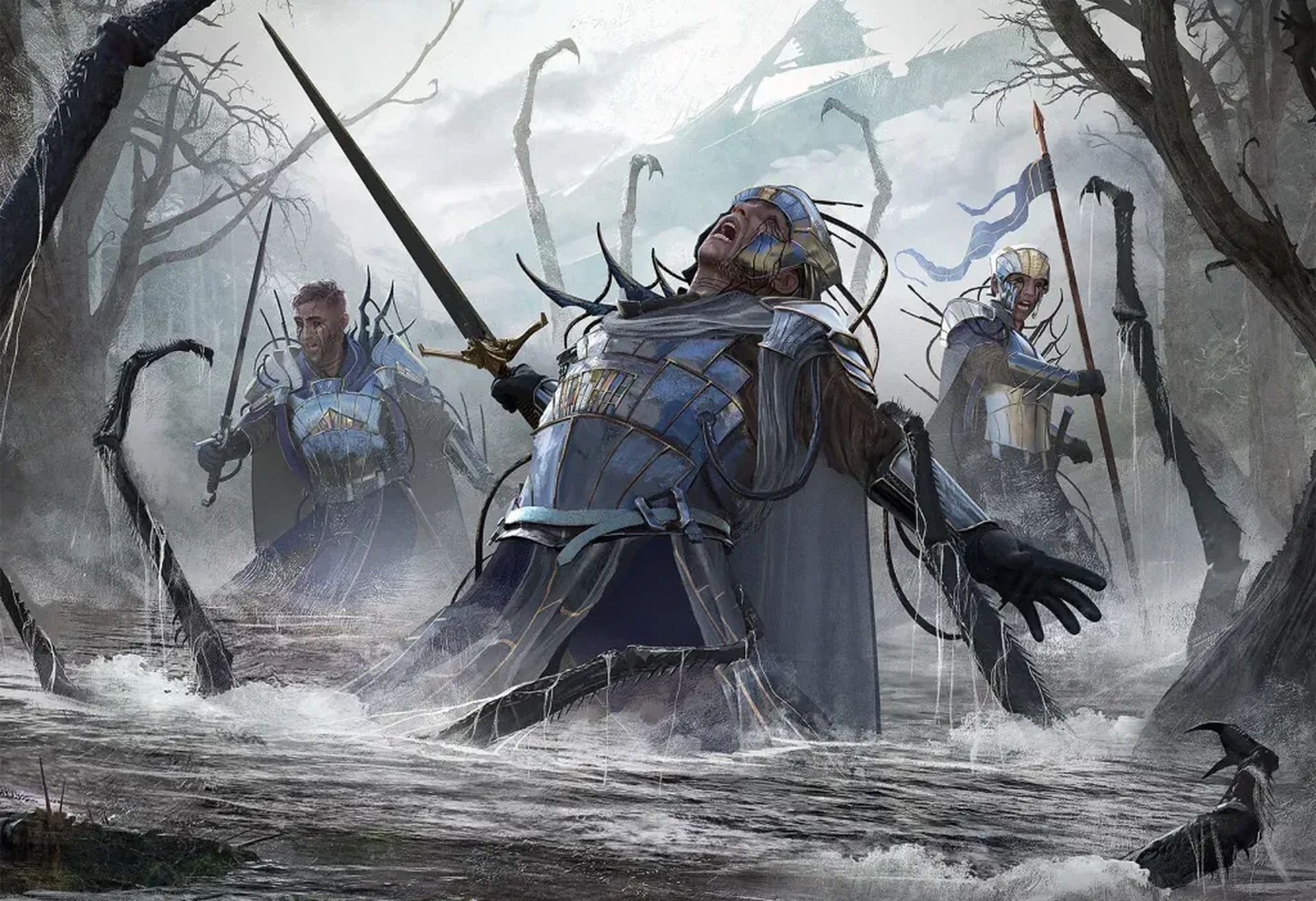
First, you’ll need permanents with good death triggers. This contains Phyrexian Vivisector, which allows you to scry and filter through your deck for your next big hitter. Sengir Connoisseur may keep the strain on by increasing at every move. Watch out for Balduvian Berserker and Splatter Goblin, both of which have death triggers that can eliminate creatures (or, in the case of the Balduvian Berserker, perhaps blow your opponent out of the game completely).

Garna, Bloodfist of Keld, is your guide for this archetype. When an attacking creature you control dies, draw cards and inflict damage to discourage your opponent from blocking.
Red/Green: Domain Stompy
The red/green Domain Stompy is the first Dominaria United archetype that strongly encourages you to play with colors other than the base pair. The idea here is to bash with large creatures that make use of Dominaria United’s domain mechanic, which scales effects dependent on the number of basic land types you control.
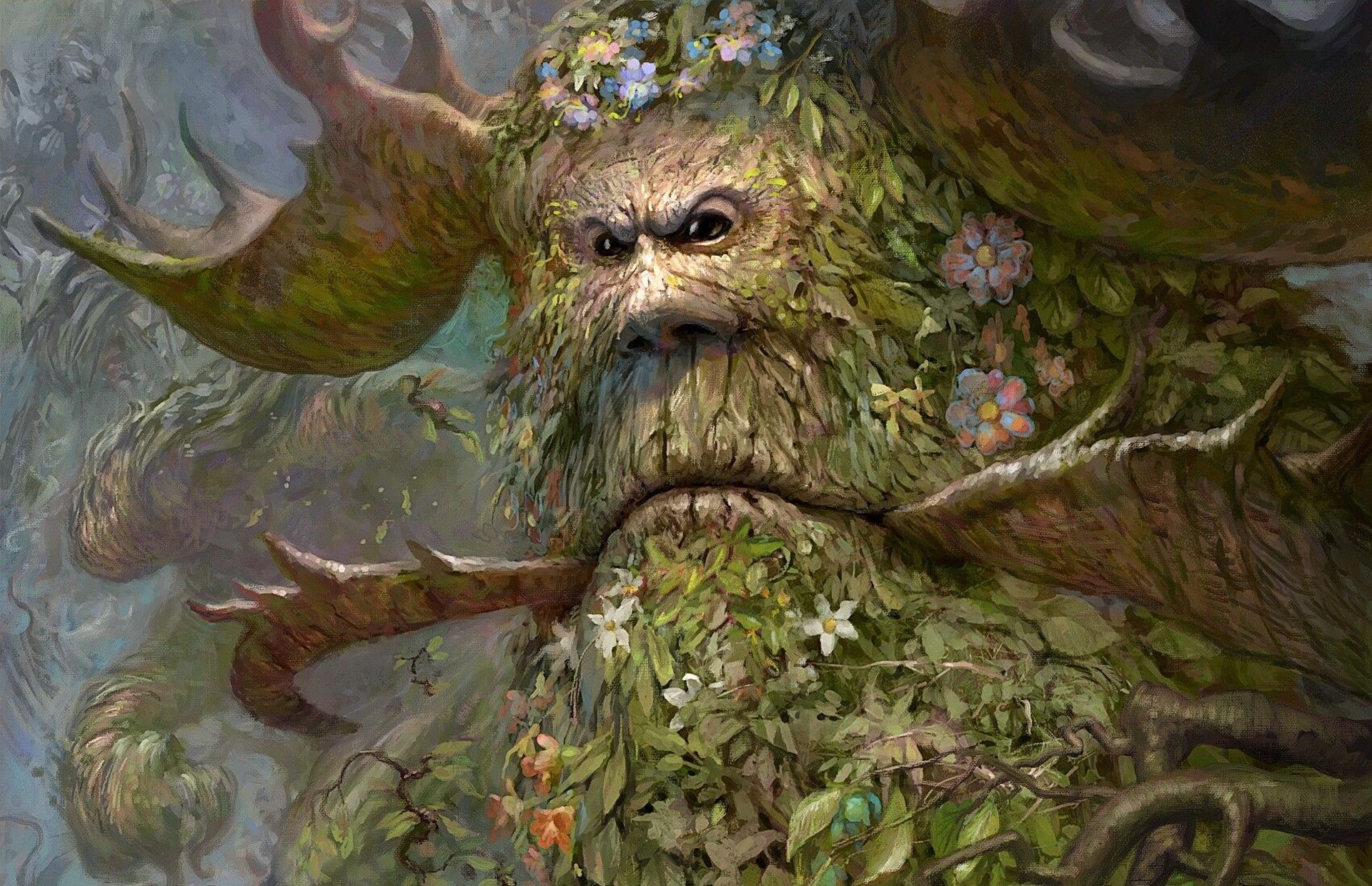
While scaling up to huge monsters is part of the strategy, you’re more likely to play cheaper, lesser creatures and buff them up with domain. Nishoba Brawler, for example, is an important aspect of the archetype, costing only two mana but developing into a 5/3 once you’ve maxed up your domain. You also have the somewhat more costly Territorial Maro, which can become an incredible 10/10, and Sunbathing Rootwalla, which has an activated ability to become up to a 7/7.
Your lands, though, are the most important aspect of this plan. For domain to be most effective, you must control Plains, Islands, Swamps, Mountains, and Forests. Dominaria United, on the other hand, adds ten new dual lands with two basic land types, which, with red and green as your center colors, may allow you to max out domain in as little as three lands. Ramp with Slimefoot’s Survey and make sure you’re hitting your land drops with Sprouting Goblin to quickly fill up your domain.
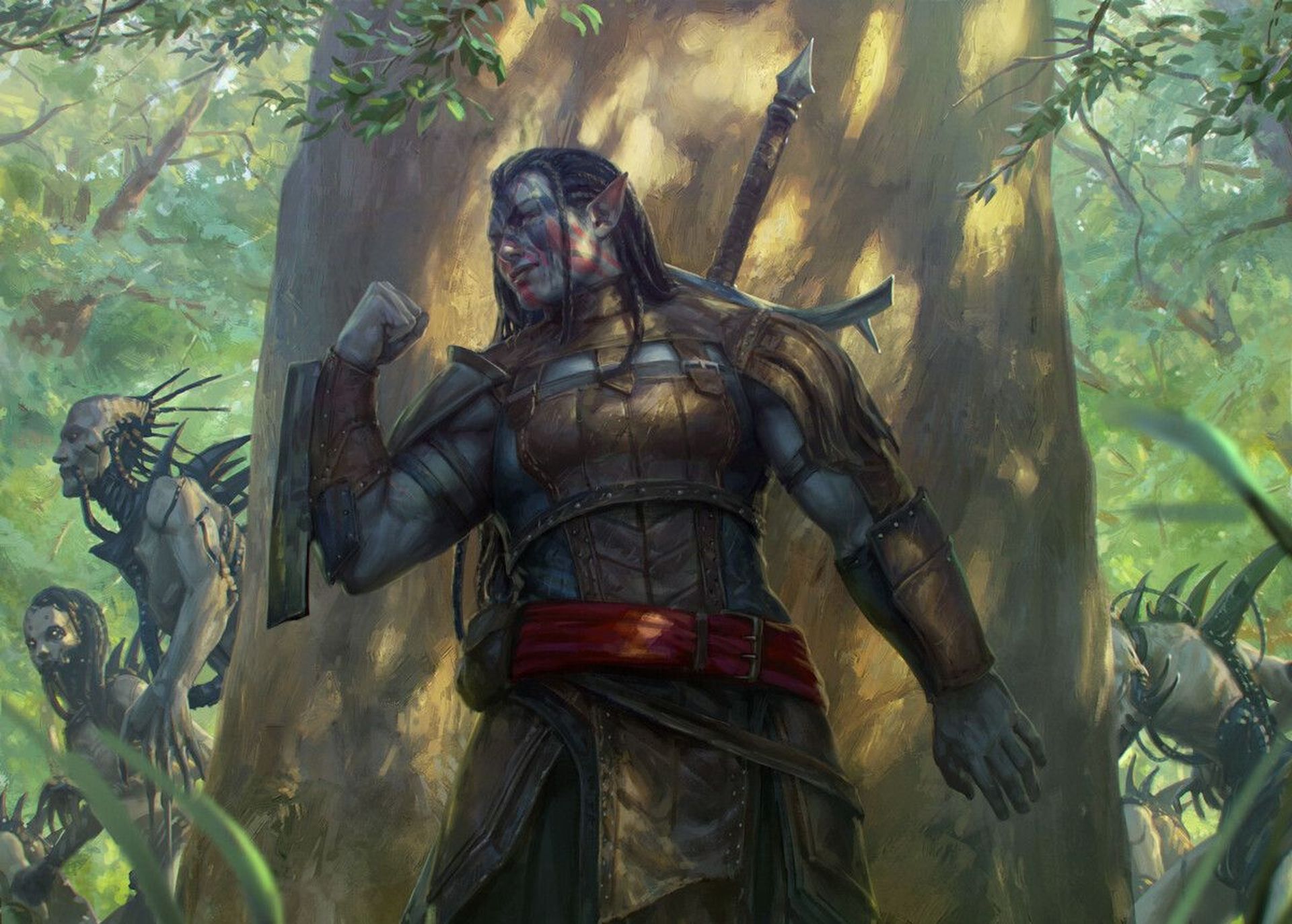
Radha, Coalition Warlord, is your guidepost for this archetype. When Radha becomes tapped, it has the power to boost another creature by your domain count. It will most usually be tapped via battle with this deck, but if you can find other means (such as enlist, which is plentiful in both red and green), you might boost numerous things before your opponent can get rid of Radha.
Green/White: Domain Tokens
White and green are by far the most prevalent colors in Dominaria United, with green’s usage of the domain mechanic to assist white in producing a large number of creature tokens being an excellent strategy to flood the board. Soldiers are the most popular tokens used in games like Resolute Reinforcements, Captain’s Call, Scout the Wilderness, and Argivian Cavalier. However, Herd Migration generates up to five 3/3 Beast tokens dependent on your domain count, while The Weatherseed Treaty generates Saprolings.
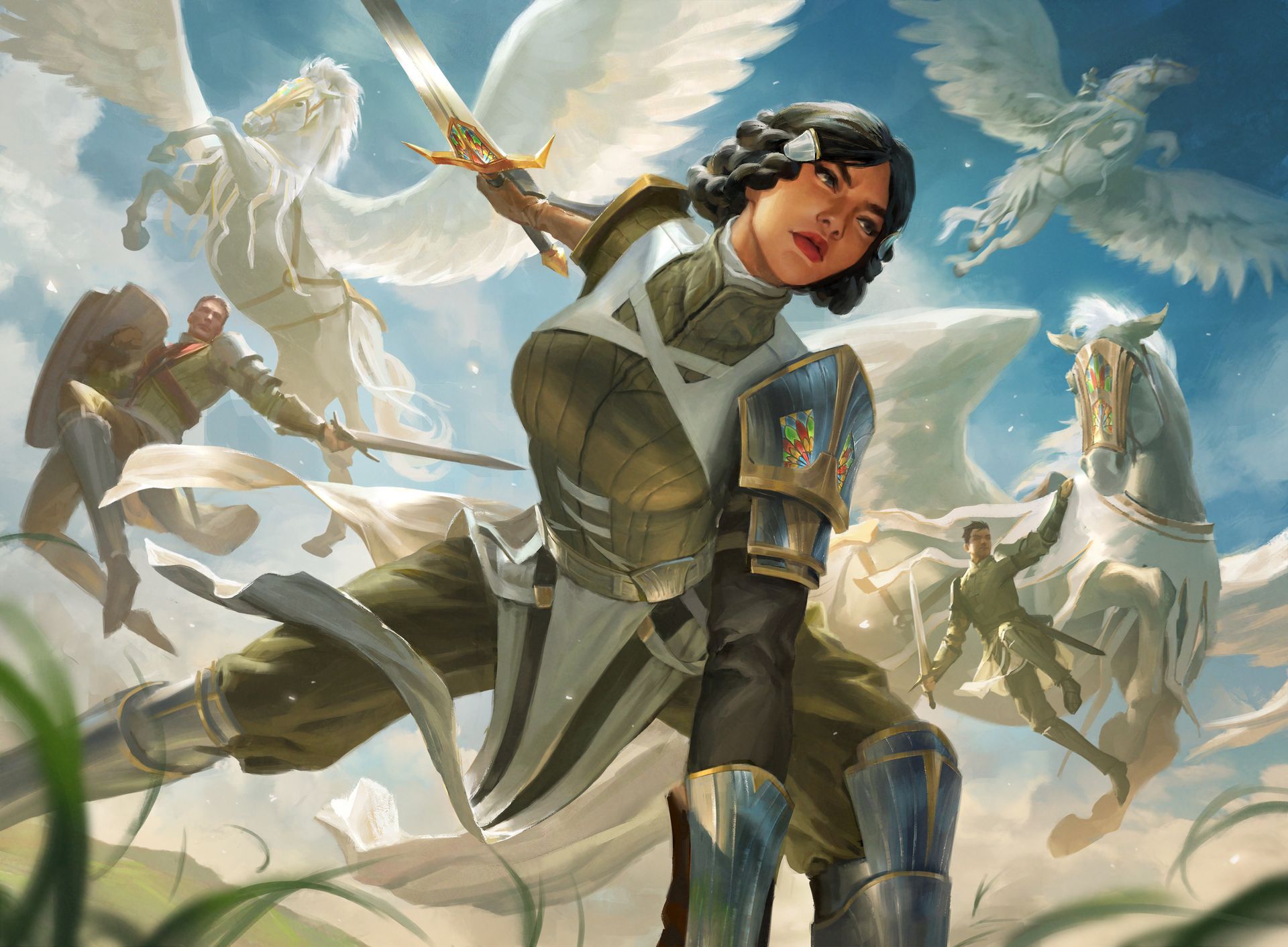
Following that, you’ll need to employ domain to build up your forced. When attacking with an unblockable amount of tokens, things like Gaea’s Might might be useful, but you’ll largely be depending on the likes of King Darien XLVIII; Zar Ojanen, Scion of Efrava; and Valiant Veteran to make your tokens bigger on a more permanent basis.
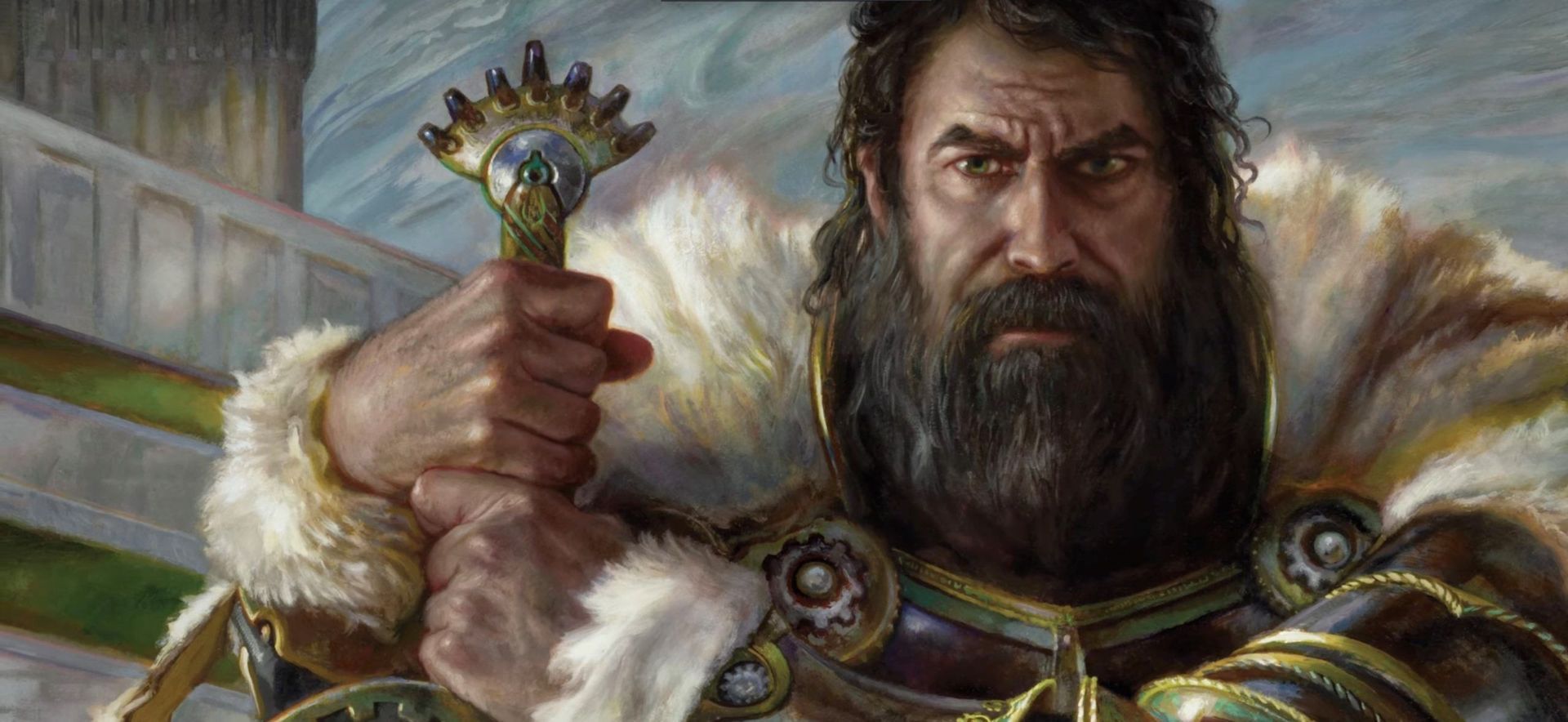
You’ll require Queen Allenal of Ruadach when drafting for white/green. She’s a great point to your go-wide spear since she not only augments your token generation by tossing in another 1/1 Soldier to sweeten the bargain, but she can also hit for massage damage on her own after you’ve built up a decent board.
White/Black: Creature Sacrifice
Moving on to the enemy color pairings, the following five archetypes all combine previously seen aspects in unique ways. In Dominaria United, white and black are going back to their roots with an Aristocrats approach. You can generate and kill creatures for profit by combining white’s token creation with black’s death triggers.
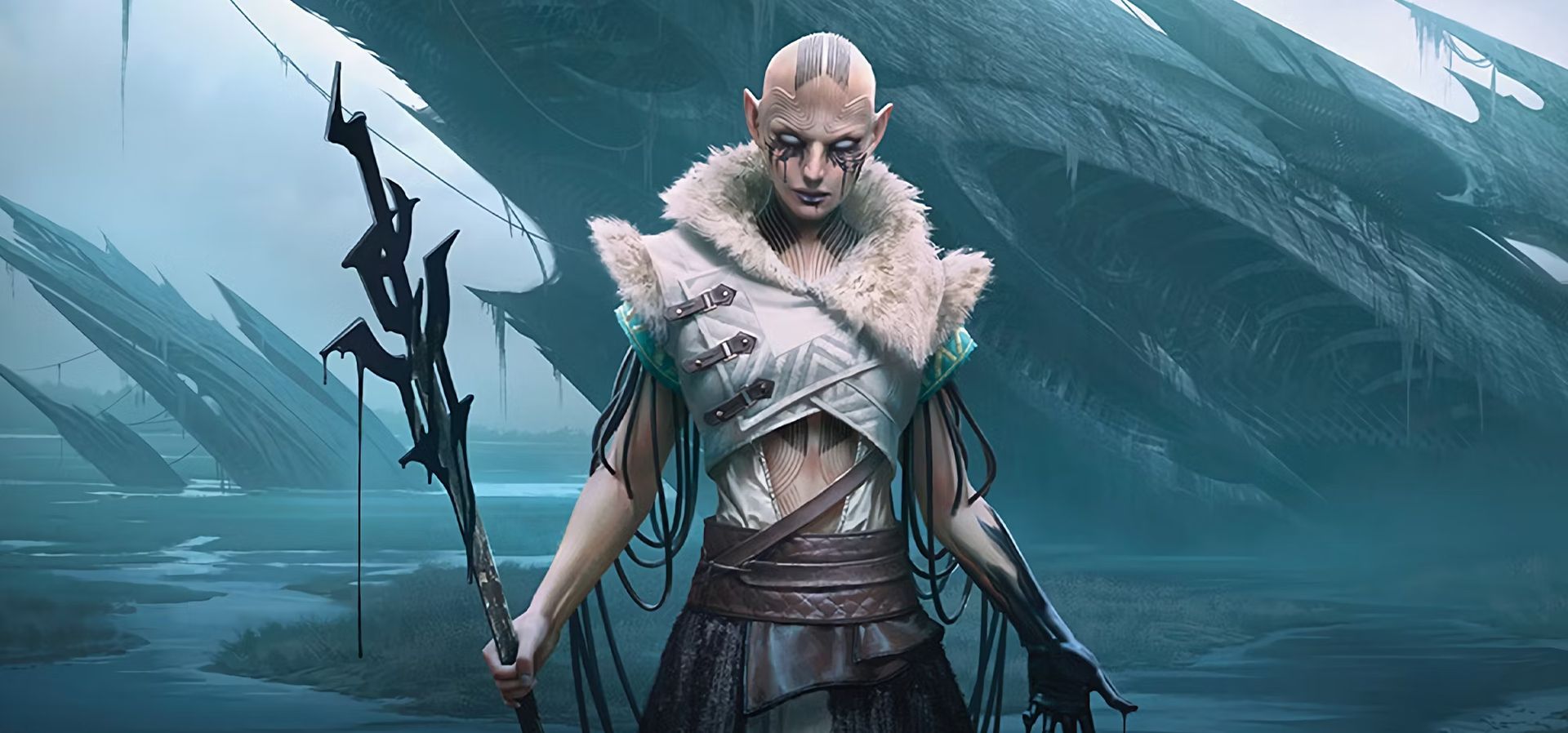
This method, as shown by Elas Il-Kor, Sadistic Pilgrim, is less about swinging in and hoping things die than black/red, and more about making the deaths happen for oneself. By using white token generation tools (Captain’s Call, Resolute Reinforcements, and so on) alongside Aron, Benalia’s Ruin, Bone Shards, Braids’ Frightful Return, and, of course, Braids, Arisen Nightmare to kill them off, you’ll be triggering Elas enough to potentially reduce your opponent’s life to nothing.
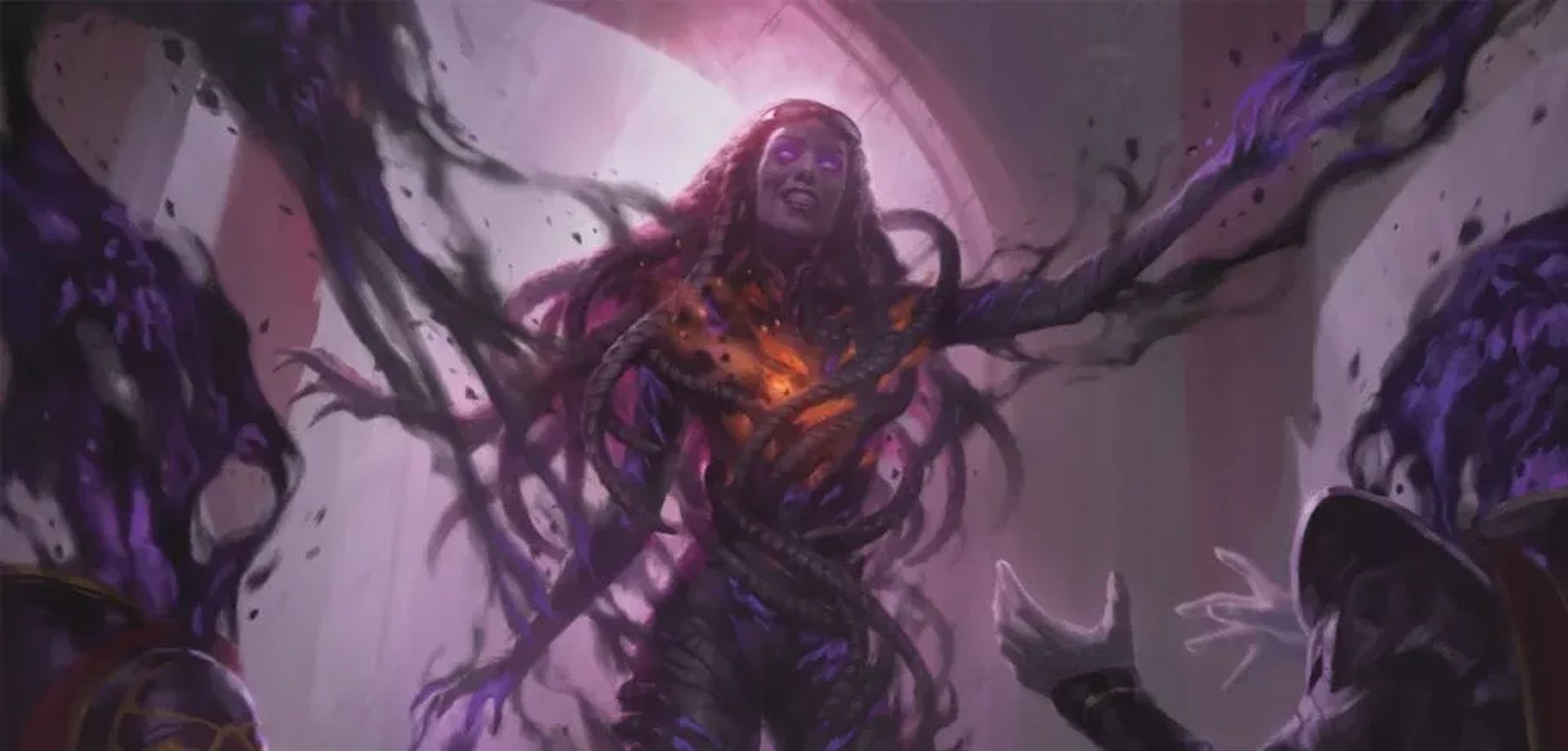
Make sure you’re still using the death triggers from the red/black deck to maximize your sacrifices. Sacrificing a token is fine, but sacrificing a Splatter Goblin would be even better.
Blue/Red: Spells Aggro
This deck, in classic blue/red Izzet form, is all about casting as many instants and sorcery spells as possible. Instead of playing as a pure spellslinger, this archetype uses red’s aggro toolset to have you swing in with a creature, use spells to help them hit harder, and then gain even more by casting so many things.
The game’s goal is for creatures like Ghitu Amplifier, Haughty Djinn, and Electrostatic Infantry to expand in size as you play more instant and sorcery spells. It isn’t as quick as other formats’ Prowess decks, but as long as you combine some light control aspects with combat tricks like Furious Bellow and Flowstone Infusion, you’ll be inflicting massive damage that your opponent will struggle to cope with.
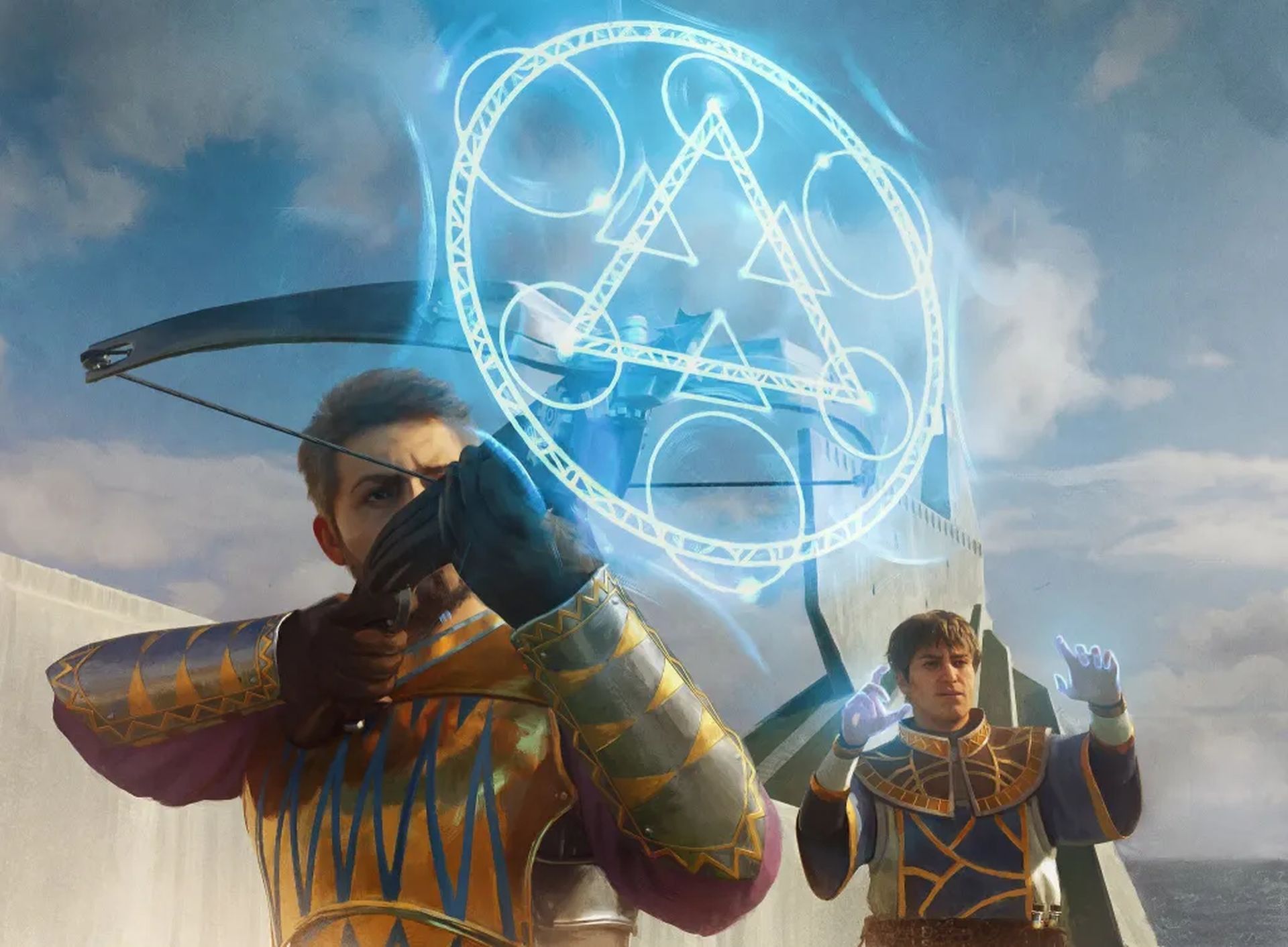
Though Najal, the Storm Runner is a good card for this deck due to its ability to replicate instants and sorceries and let you to play the latter at instant speed, Balmor, Battlemage Captain is the true signpost for Spells Aggro. Balmor distributes spellslinging benefits to all of your creatures, allowing you to play more aggressively or even increasing the increases that Ghitu Amplifier currently receives.
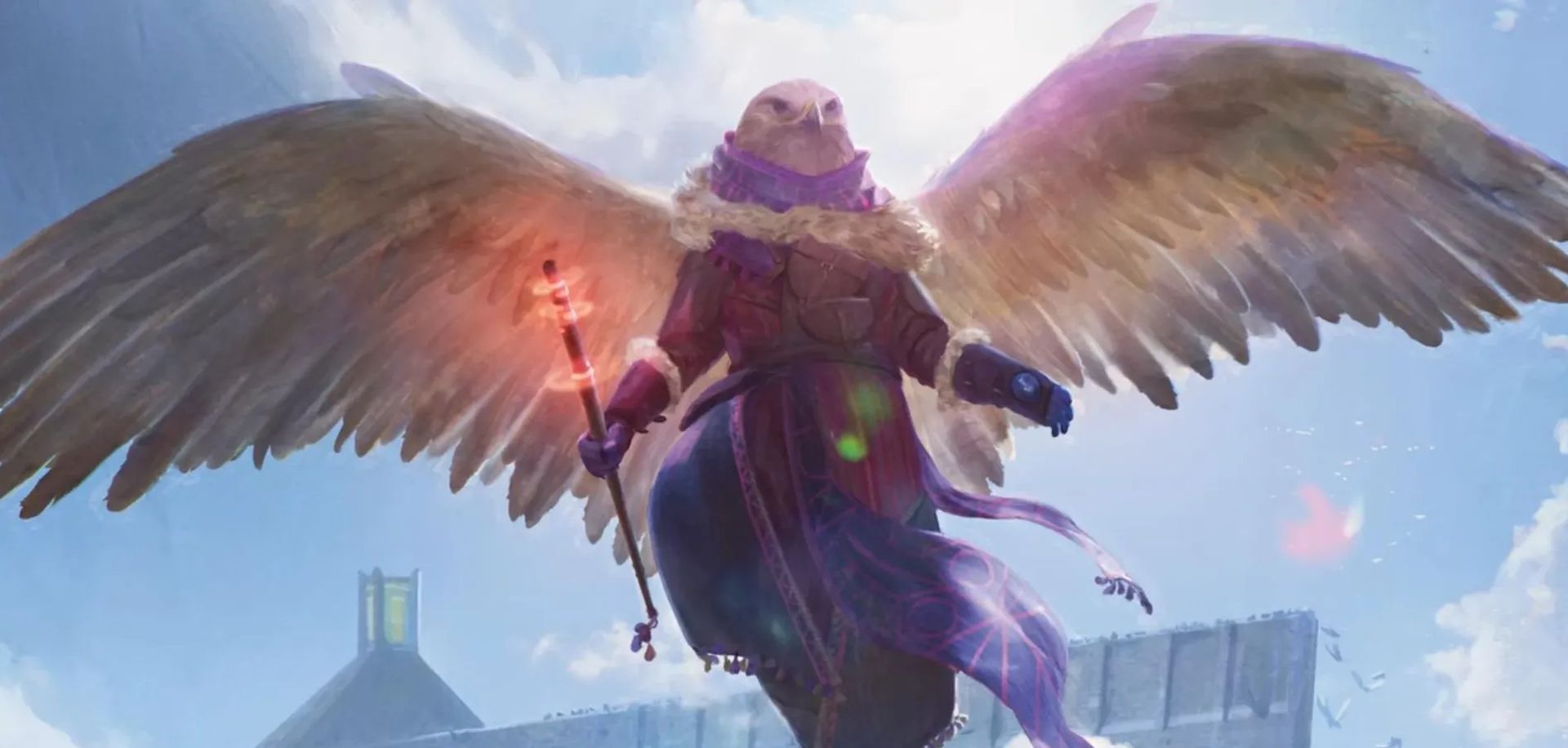
Black/Green: Domain Midrange
Domain of Black/Green Midrange is the inverse of white/Flying blue’s Tempo. Whereas Tempo strategies want to disrupt your opponent, midrange decks prefer to absorb whatever comes their way and rebuild and rebuild until your opponent runs out of gas.
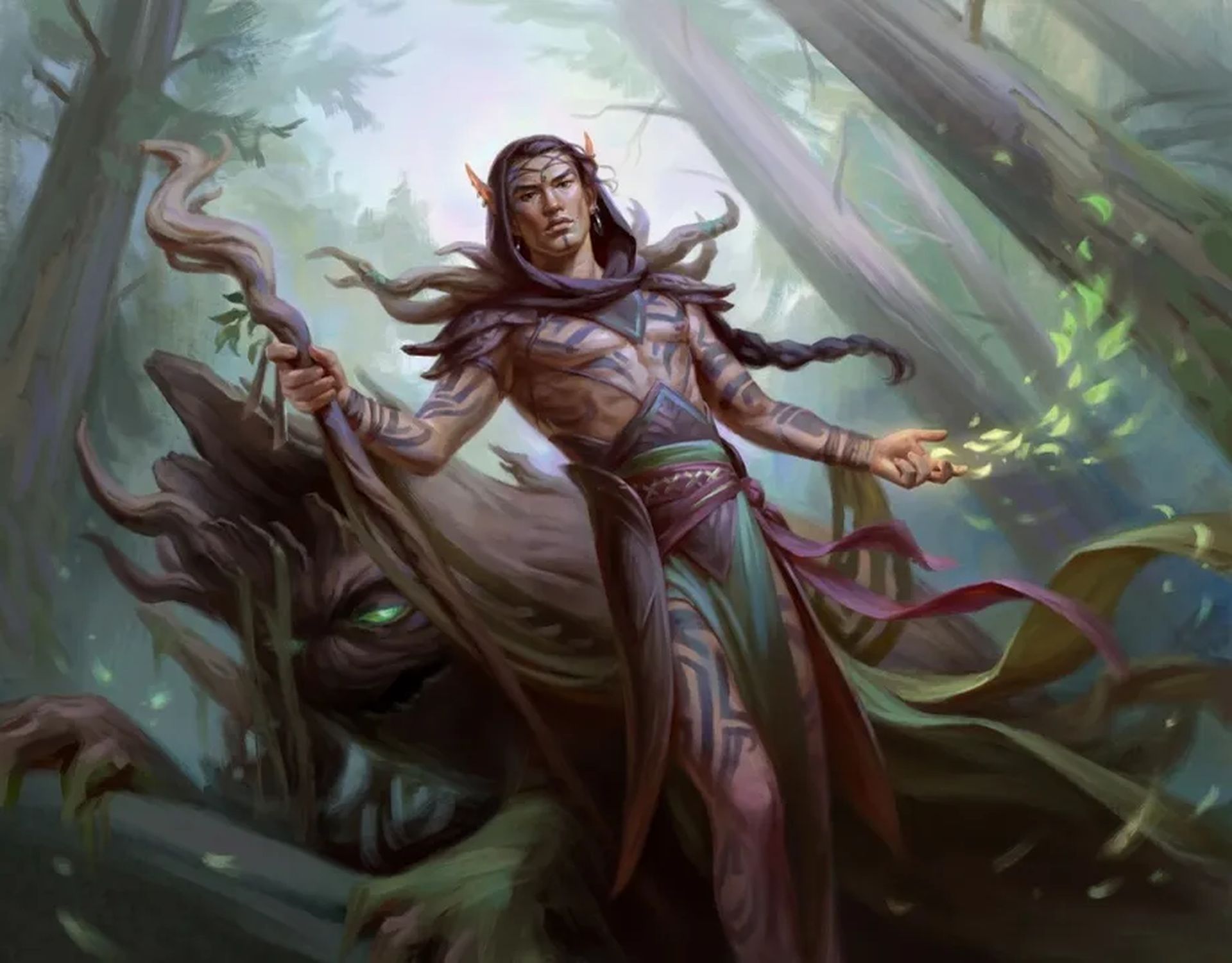
To grind your opponent down, you’ll need creatures that can either take a hammering or return to play after being slain. Cult Conscript is an excellent illustration of this, as it costs only one black mana to cast and has an ability that returns it to the battlefield if a non-Skeleton you control dies that round. Use graveyard recursion tactics like Urborg Repossession, Eerie Soultender, and Llanowar Greenwidow liberally.
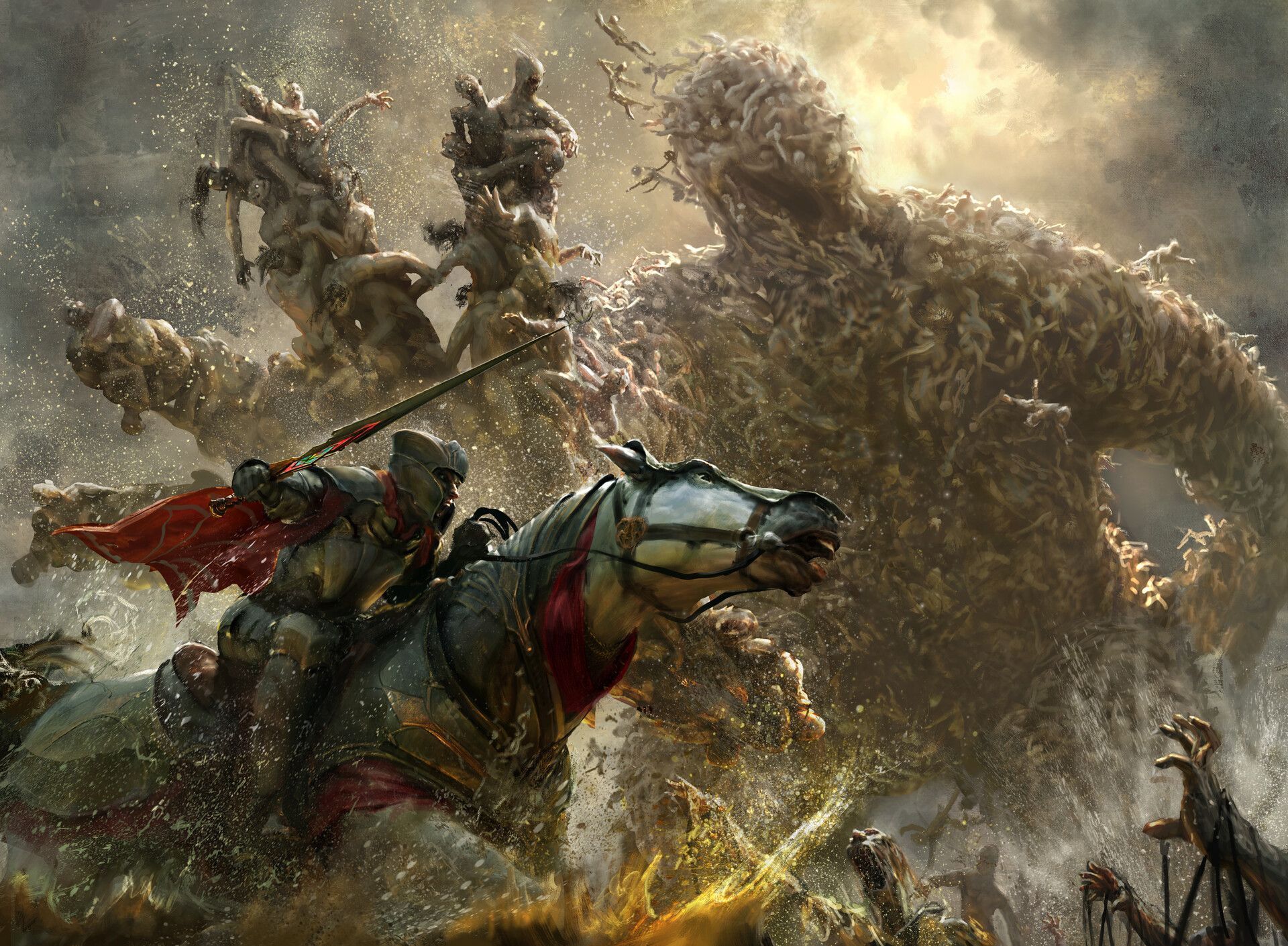
But it’s not only about bringing things back to life. Other benefits of having a full graveyard include Uurg, Spawn of Turg’s strength equaling the number of lands in your graveyard, and Writhing Necromass becoming a 5/5 for only one mana if you have enough creatures in it. Your goal isn’t to force a victory. It is to play defensively, to hold back, and wait for your opponent to wear out before charging in for the kill. The more terrain types you have in play, the larger the animals you can bring back with Bortuk.
Red/White: Tokens Aggro
We’ve seen go-wide with tokens and sacrifice tokens, so it seems to reason that Boros (red/white) will do what it does best: go smash. The idea is to create as many creatures as possible before heavily utilizing the set’s enlist function to bulk up your attackers and hit for tremendous damage. With a shockingly low mana curve with cards like Furious Bellow, Rundvelt Hordemaster, and Join Forces allowing you to go wide and tall at the same time, it doesn’t require the setup of the other token themes.
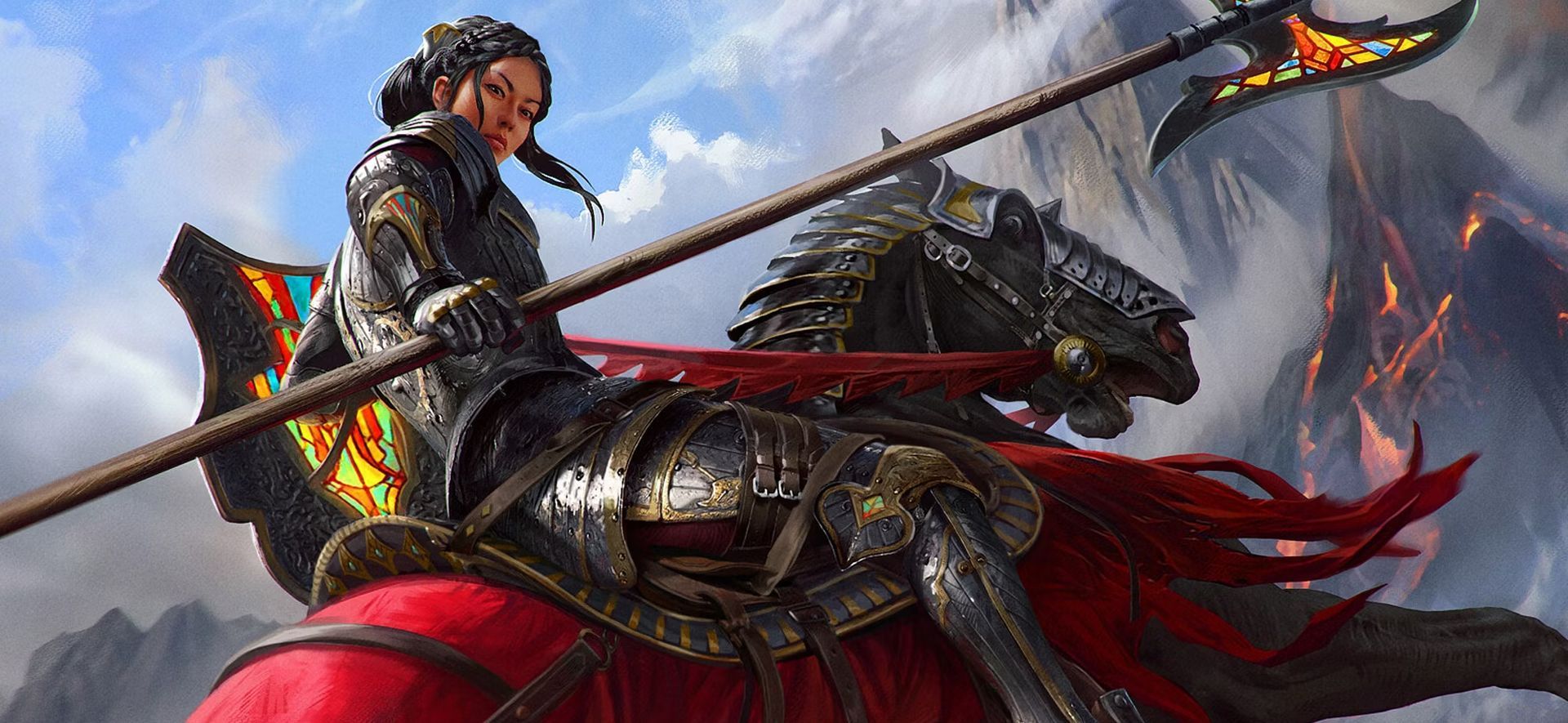
This archetype has access to Goblins, something none of the other token decks have. In addition to the aforementioned Rundvelt Hordemaster, you can deploy Squee, Dubious Monarch to continue printing Goblins. In Yotia Declares War, you can also obtain Ornithopters that transform into large dangers, as well as Dragons with The Elder Dragon War. Finally, Bair, Argivian Recruiter – a token generator that fits in perfectly with all the enlisting you’ll be doing – gives you access to even more Soldiers.

Make extensive use of this deck’s signpost, Tori D’Avenant, Fury Rider, to make your disposable attackers even more lethal. Tori makes it exceedingly simple to swing in with most of your creatures by granting all attackers +1/+1, red creatures trample, and untapping all white creatures for a type of pseudo-vigilance.
Green/Blue: Kicker Ramp
Dominaria United’s last archetype employs one of its returning features, the kicker. Everyone enjoys kicker since it is strong, simple to learn, and extremely versatile throughout the game. It’s also potentially lethal in this set.
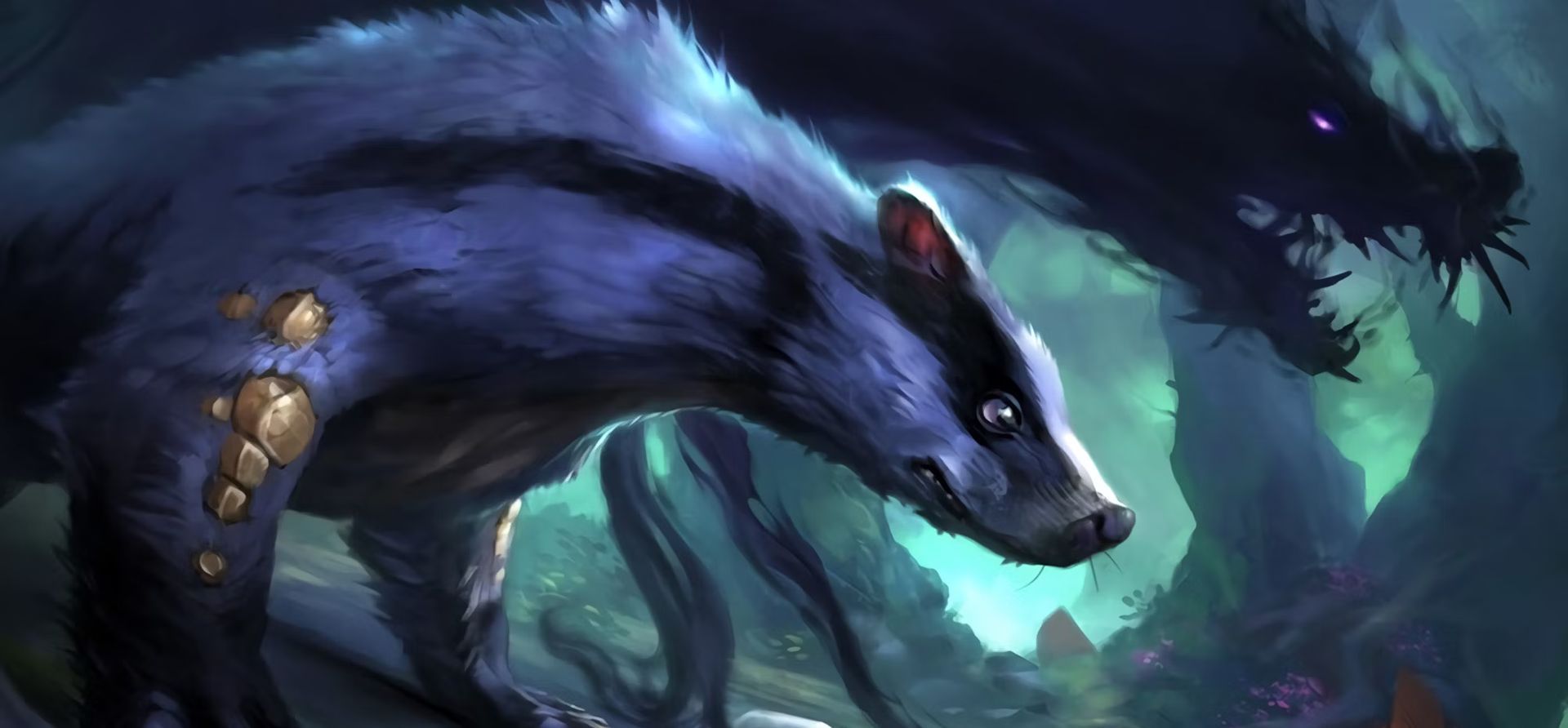
This deck, like the Domain decks, will urge you to splash into more than two colors in order to cover all of the kicker costs. Bog Badger as a green/black finisher that gives all your creatures menace for the rest of the turn, Elvish Hydromancer making a token copy of any creature you control, Vodalian Mindsinger gaining control of your opponent’s creatures, and Joint Exploration assisting you in ramping up even more land are all worth kicking.
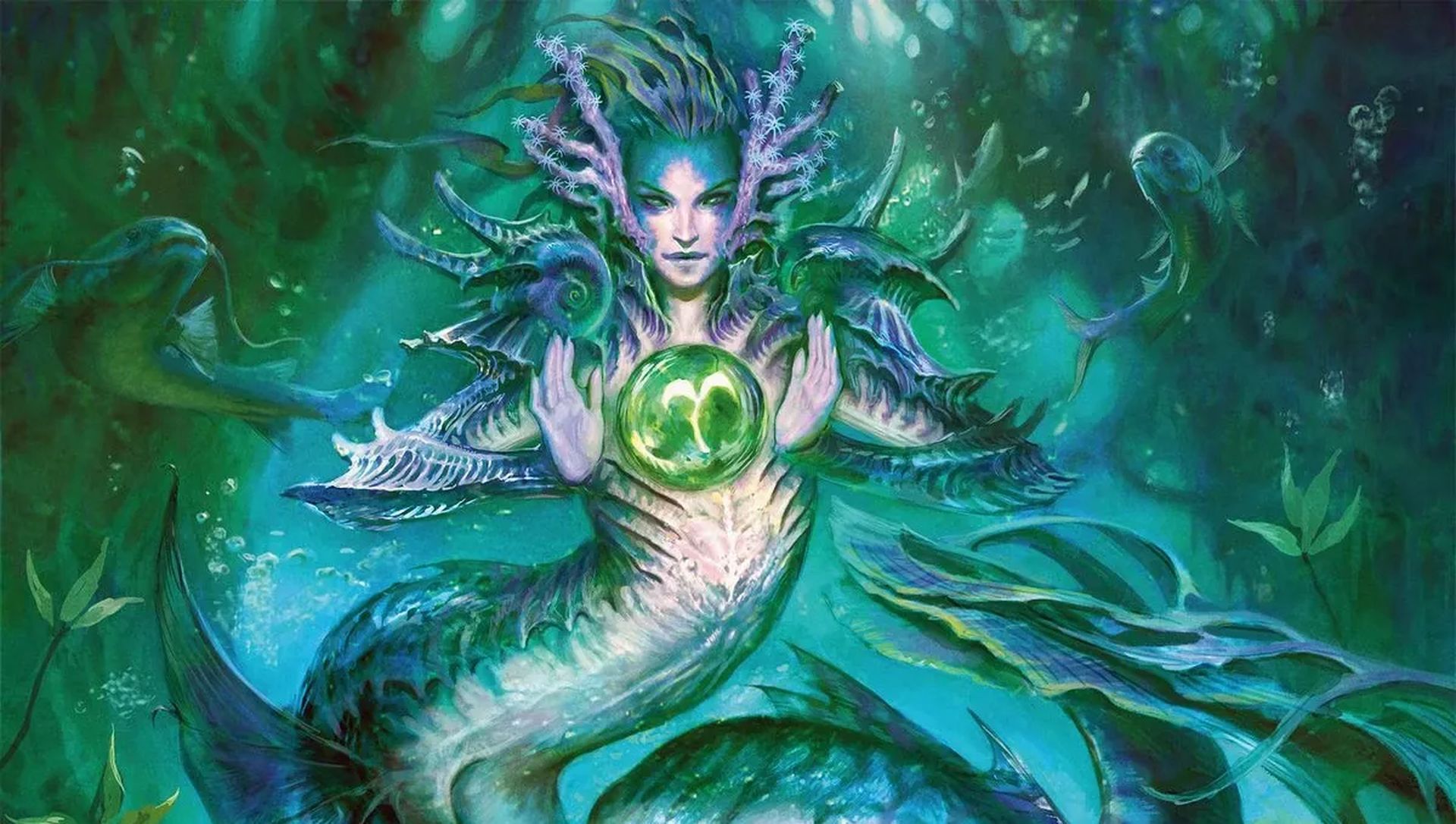
Aside from the difficulty in establishing your mana foundation, this is one of the simpler archetypes, since you’re just drowning your opponents with value. This archetype’s guidepost is Tatoyva, Steward of Tides, a Merfolk Druid who transforms all the lands you’re using to cast kickers into 3/3 Elemental creatures. She isn’t directly tied to kicker in terms of basic mechanics, but when you’re spending more mana on spells than your opponent, you’ll be pleased to have some creatures to block with on the crackback.
We hope that you enjoyed this article on Dominaria sealed guide for pre-release and drafts. If you did, we are sure that you will also enjoy reading some of our articles, such as Wizards announces B&R and changes an important rule in Magic: the Gathering, or MultiVersus beats Elden Ring: It’s the highest-grossing game of July.

